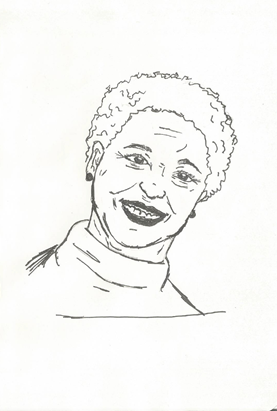Vol. 1 Num. 1
This category will index the articles in the ISSN 2701-4924 of the German National Library
The city governments facing the Coronavirus
Since the confirmation of the first case of Covid-19 in Brazil, on February 26th, state and municipal governments have used...
Autonomy is not to be confused with stubbornness! Age discrimination in COVID-19 times
In times of a pandemic, I am concerned that discriminatory positions are gaining strength. And I think the anti-discrimination/anti-racist struggle...
Science and knowledge as threats
Since Bolsonaro assumed the Presidency of the Republic, education, science, and culture have suffered a major breakdown. The collection of...
Digital inequalities and education: brief pandemic concerns
If there is an almost immediate finding to be made – although little care is taken when it comes to...
Funerals during the COVID-19 pandemic
On March 25th, 2020, the Ministry of Health published a handbook that defines guidelines on the "Dead body management in...
Capitalism’s Blind Microbiology
In the prior times of capitalism, technology optimism and pollution naturalization expressed the elites' tolerance for the undesirable industrial effects:...
COVID-19: pandemic scales and anthropology scales
Outbreak, epidemic, and pandemic are terms of the technical universe of epidemiology for the temporal, geographical, and quantitative classification of...
Social production in times of pandemic
If it is not new that, in the news, science, economics and politics editorials get mixed up - when discussing...
The deadly impact of covid-19 on the Brazilian economy and demography
The COVID-19 pandemic arrived in Brazil with some delay, but with disproportionate force, due to the inability of the public...
COVID-19 in Brazilian prisons: criminal selectivity and production of disposable bodies
The impact of the pandemic on the Brazilian prison system is vast and reveals the lack of homogeneity in the...





